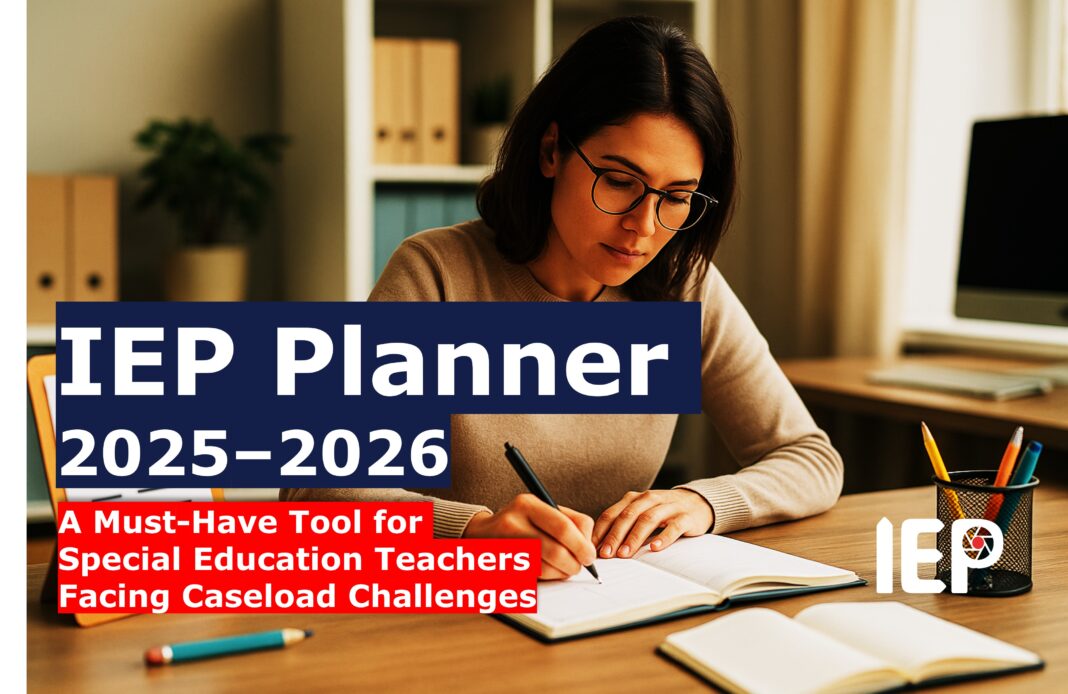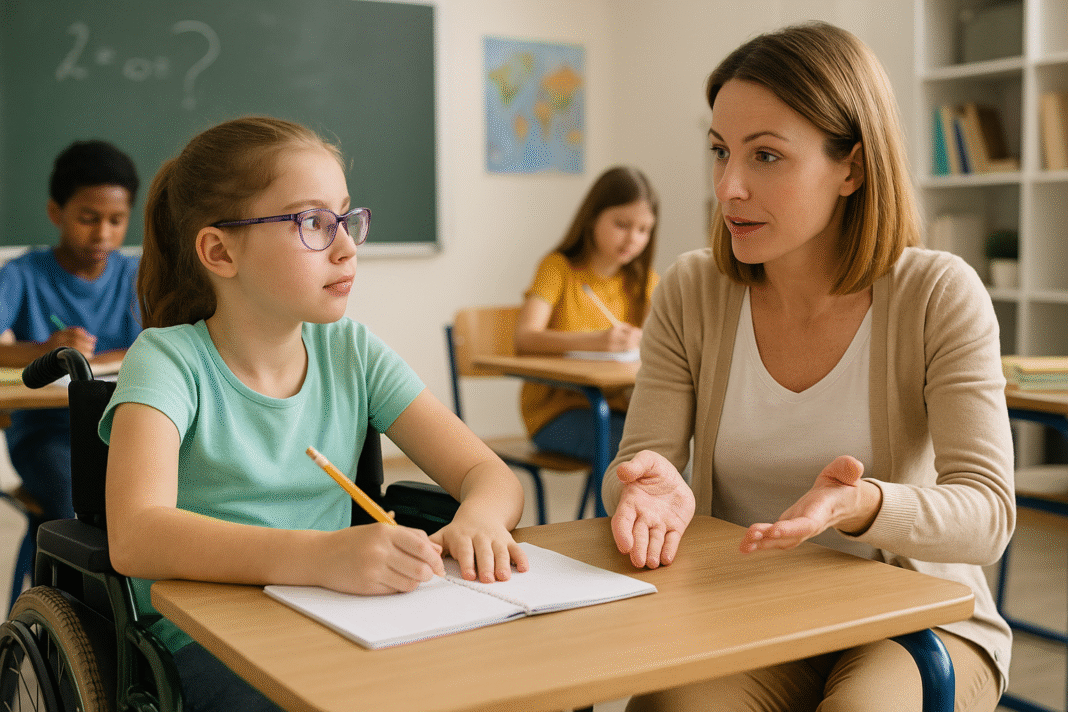In the dynamic world of special education, effective planning isn’t just a best practice — it’s a necessity. Teachers are expected to manage IEP meetings, collect data, collaborate with multiple stakeholders, and provide personalized instruction to students with a wide range of learning needs. Without a clear and consistent system in place, important deadlines can be missed and student progress may suffer.
The IEP Planner 2025–2026 is more than just a calendar — it’s a structured system that helps special education teachers take control of their responsibilities. This article explores the growing need for planning tools, the daily challenges teachers face, and how using a planner can transform your approach to special education.
1. The Growing Complexity of Special Education Roles
Over the years, the role of special education teachers has evolved. Today, teachers are expected to:
- Manage multiple IEPs (often 20–30 students)
- Write detailed and legally compliant documentation
- Coordinate services with speech therapists, OTs, school psychologists, and families
- Monitor academic, behavioral, and social-emotional progress
- Prepare for frequent evaluations, reviews, and meetings
These responsibilities require precise organization and long-term planning — and that’s where a tool like the IEP Planner 2025–2026 becomes critical.
2. Common Planning Challenges Faced by SPED Teachers
Despite their dedication, many special educators report feeling overwhelmed by:
❌ Too Many Tasks, Too Little Time
Managing a high caseload often means juggling IEP deadlines, service logs, lesson planning, and compliance paperwork — all within limited prep periods.
❌ Inconsistent Documentation
Without a centralized system, it’s easy to lose track of IEP goals, parent communication logs, and accommodations provided — putting legal compliance at risk.
❌ Lack of Administrative Understanding
Many SPED teachers feel unsupported by administration when it comes to scheduling time for IEP writing, collaboration, or progress monitoring.
❌ Burnout and Stress
Without structure and support, the emotional weight of the role can lead to stress and burnout, especially when teachers feel like they’re constantly « catching up. »
3. The Role of the IEP Planner 2025–2026 in Solving These Problems
An IEP planner is more than a scheduling tool — it’s a lifeline for organization, compliance, and peace of mind.
Centralized Student Information
Keep essential data for up to 30 students in one place: names, eligibility dates, service minutes, accommodations, parent contacts, and IEP review dates.
Built-In Templates and Forms
Use pre-designed templates for:
- Present Levels of Performance (PLOP)
- Measurable goals and objectives
- Behavior tracking logs
- Communication records
- Meeting notes
- Progress monitoring
Monthly and Weekly Planning Pages
Stay ahead of deadlines with calendars designed for IEP due dates, reevaluations, and service tracking. Prioritize tasks and prevent last-minute stress.
Customizable Sections for Flexibility
Every SPED teacher’s caseload is unique. The IEP Planner 2025–2026 allows for customization so you can tailor your system to your own workflow.
Digital or Printable Format
Choose the format that works best for you — many teachers prefer printing and binding their planners, while others use digital annotation tools.
4. Best Practices for Using an IEP Planner Effectively
To get the most out of your IEP Planner 2025–2026, try these strategies:
✏️ Schedule Weekly Check-Ins with Yourself
Dedicate 30 minutes each week to review student progress, update notes, and ensure you’re meeting upcoming deadlines.
✏️ Use Color-Coding for Quick Access
Assign each student or type of task a color (e.g., green for behavior plans, blue for communication logs) to navigate your planner efficiently.
✏️ Log Communication in Real-Time
Use designated planner pages to write down phone calls, emails, or meetings with families. This documentation can be essential for compliance and advocacy.
✏️ Align IEP Goals with Instruction
Use the planner to break down IEP goals into actionable steps you can implement in your lessons. This creates a clear link between planning and classroom practice.
5. What to Look for in a High-Quality IEP Planner
If you’re shopping for the right tool, make sure the planner includes:
- Caseload overview for 30+ students
- IEP tracking charts
- Progress monitoring templates
- Parent communication logs
- Calendars (monthly, weekly, yearly)
- Goal writing cheat sheets
- Meeting preparation pages
The IEP Planner 2025–2026 available on Teachers Pay Teachers is an excellent example of a professional-grade resource created by an experienced SPED teacher, designed specifically for real-world classroom needs.

Conclusion: Don’t Just Survive the Year — Plan to Thrive
A disorganized IEP process leads to missed goals, increased stress, and potential legal risks. With the IEP Planner 2025–2026, special education teachers can take control of their time, stay ahead of caseload demands, and focus more energy on what really matters — supporting students.
Whether you’re a new SPED teacher or a seasoned pro, investing in a planner tailored to your role isn’t just helpful — it’s essential.
Want to explore the IEP Planner 2025–2026 or share tips with other educators?
➡️ Visit this link or join the conversation in your favorite SPED community!




